Информация о государственных музеях Брестской области
As of 1 January 2016, there were 19 state museums in Brest Oblast, including 11 general museums, six history museums and and two museums of fine arts.
Over the past five years, the regional museum landscape has welcomed new museums: the Sapieha Palace Complex in Ruzhany (otherwise known as Ruzhany Palace), the Nemcewicz Estate historical and memorial museum, the Our Roots archeology museum (a branch of the Motol Museum of Folk Art), Aleksey Kuzmich Art Gallery (a branch of the Napoleon Orda District Museum in the village of Vorotsevichi), and the Rechitsa Museum of People’s Glory, the Davyd-Gorodok Local History Museum and Pottery Museum-Estate in Gorodnaya (branches of the Stolin Local History Museum).
Brest Oblast has 405,484 items in museum holdings. To learn more about the most valuable museum items, please consult the State Catalog of the Museum Collections of the Republic of Belarus at www.dkmf.by.
The annual museum attendance in Brest Oblast averages 400,000 visitors. Regional museums conduct more than 3,500 excursions and over 400 events annually.
The Brest Regional History Museum invites you to see the permanent exhibition "History of Brest: from the primitive communal system to the early 21st century". It spans nine halls. It displays more than 2,500 exhibits, many of which are unique and exhibited for the first time. The exposition uses modern technical means, voiced dioramas, reenactments, interactive zones. Every visitor will be able to learn interesting and amazing things. The museum also runs a permanent exhibition "Native Nature". The natural wealth of Brest Oblast is represented by natural exhibits, dioramas, and photographs. The museum organizes various thematic, sightseeing and family excursions across the expositions. In 2014, the museum received the first class diploma of the national forum "Museums of Belarus".
The museum collection has more than 20 collections, some of which are unique. These are archaeological, numismatic, and ethnographic collections and also a collection of fine, decorative and applied art confiscated by the Brest customs. It makes the basis of the exposition of one of the branches.
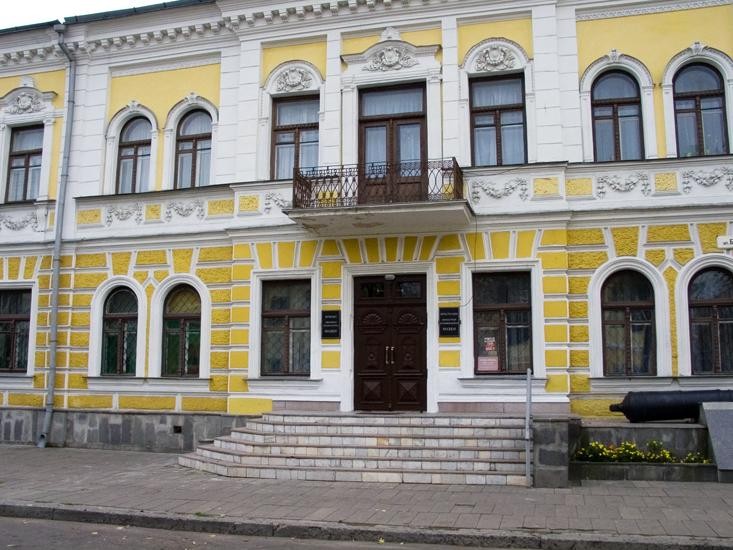
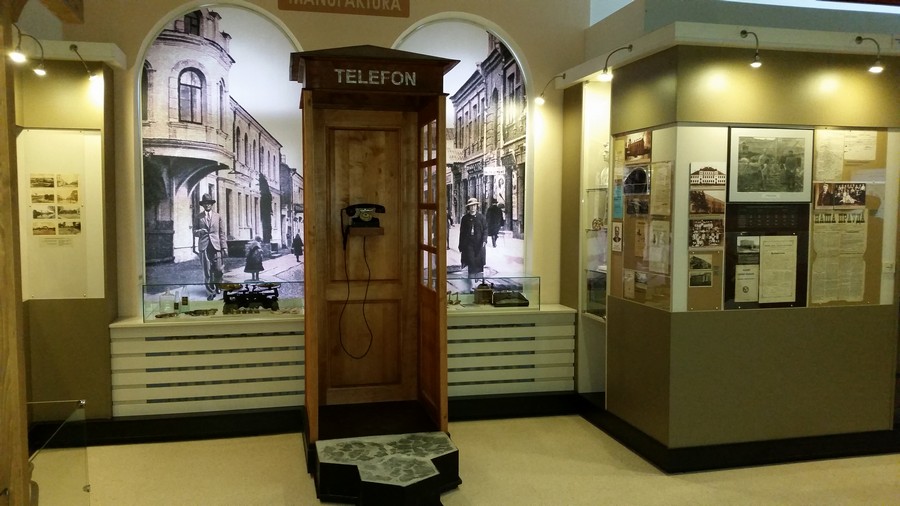
The museum has four branches:
The Saved Art Treasures is housed in a beautiful manor which was built in 1925-1927 according to the project by Polish architect Julian Lisiecki and which is now regarded as a monument of architecture. This is the only museum in Belarus that displays the art and antiques seized by custom during attempts to smuggle them abroad. The most extensive and valuable part of the museum's collection is Russian icons of the 16th - early 20th centuries. The most ancient icons on display date back to the 16th century. Among them are Savior in Majesty, Our Lady of Vladimir, and Annunciation. The most valuable jewelry are items by Faberge and other jewelry companies of Russia, and also silver Caucasian belts and daggers.
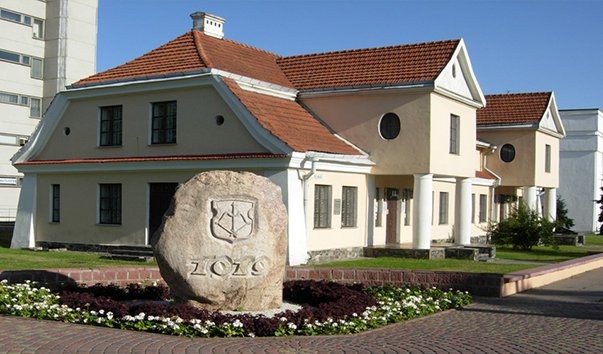
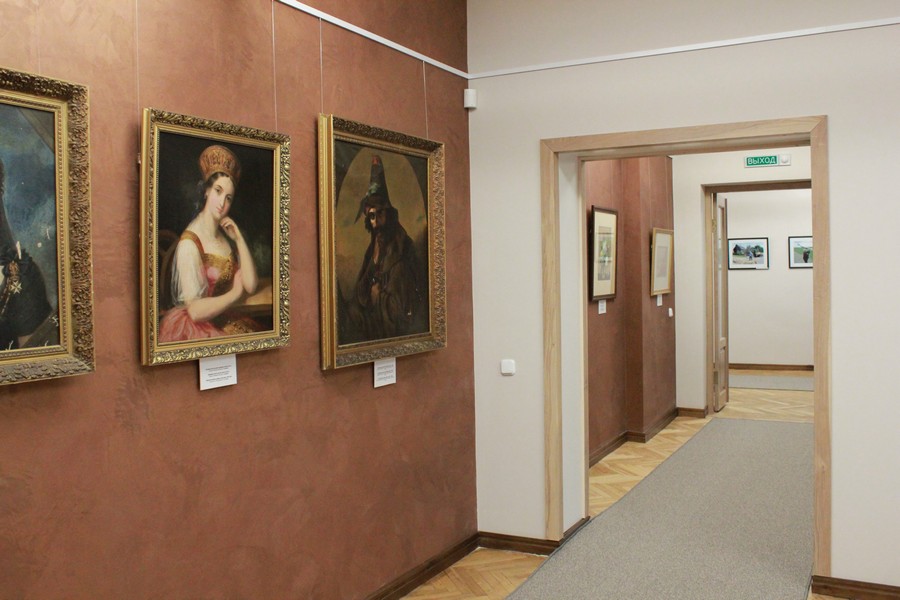
The Berestye Archaeological Museum is located on the Gospitalny Island (Volyn fortification) of Brest Fortress on the site of the detinets of the ancient town of Berestye. The excavations carried from 1969 to 1981 and in 1988, under the leadership of Doctor of Historical Sciences Professor Piotr Lysenko, uncovered more than 220 wooden buildings of the 11th - 13th centuries, three street pavements, palisades, numerous objects of tangible culture of that time. The exposition displays about 1,000 items telling about: the origin and history of the ancient town of Berestye, the planning and construction of the town, ironworking craft, non-ferrous metal processing, bone carving, leather crafts, spinning and weaving, pottery and woodworking, a dwelling of a Berestye resident (13th century), agriculture, animal husbandry, hunting and fishing, trade, culture, and also the Berestye study history.
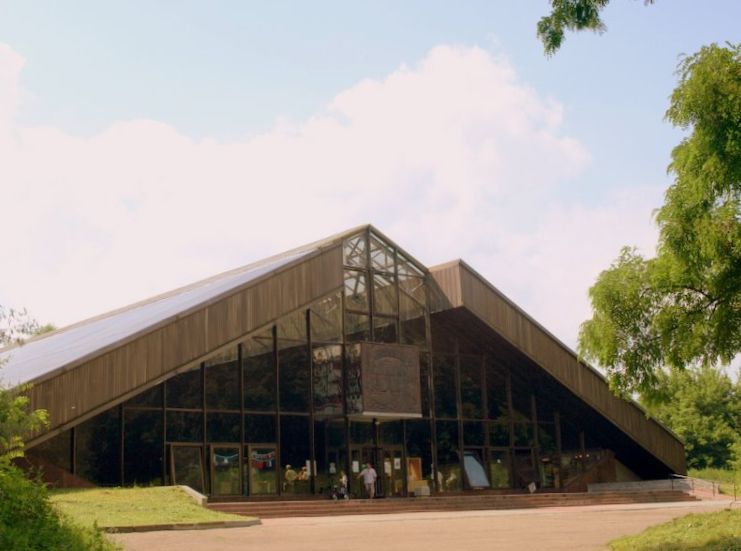
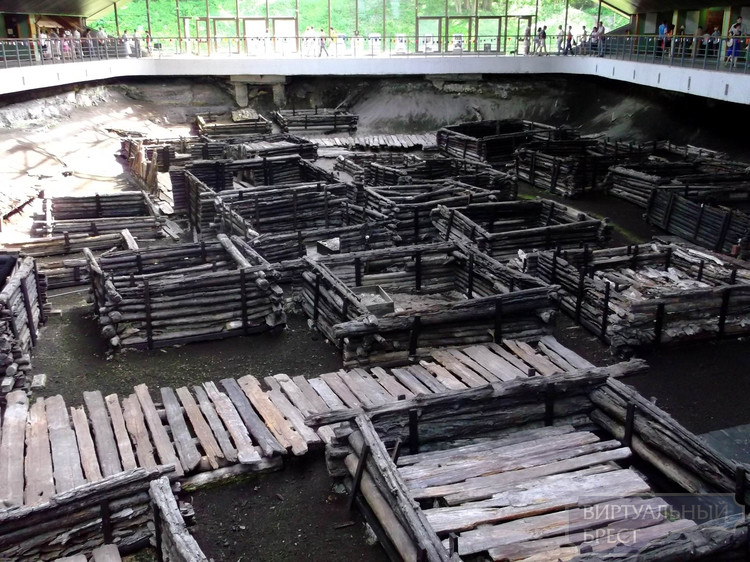
The Brest City History Museum is housed in a small mansion of 1922 built by architect Julian Lisiecki. Initially, the museum was a branch of the Brest Regional History Museum but since 2007 the museum has been a structural unit of the Culture Department of the Brest City Executive Committee.
The exposition of the Brest City History Museum showcases over 800 exhibits telling about the history of the city, from its founding in 1019 to the present day. The exposition spans four halls on two floors: each hall narrates a certain period in the history of Brest. The 1st hall - the history of ancient and medieval Berestye, the 2nd hall - the history of Russian Brest-Litovsk (inseparably connected with the history of the construction of Brest Fortress), the 3rd hall - the history of the Polish Brest-over-Bug (1919-1939), the 4th hall - the history of Soviet Brest (1939-1991).
One of the centerpieces of the exposition is a map of Brest, showing its development over time. Of interest are also mock-ups of the architectural complex of the Bernardine monastery, which was once located on the site of the Volyn fortification of Brest Fortress, and tiles of the 16th century, found on the grounds of Brest Castle during archaeological excavations. Vintage lovers will appreciate the exhibits reflecting the urban culture of Brest of the 19th century: personal belongings of citizens, furniture, books, albums and even postcards with the inscription "Greetings from Brest".
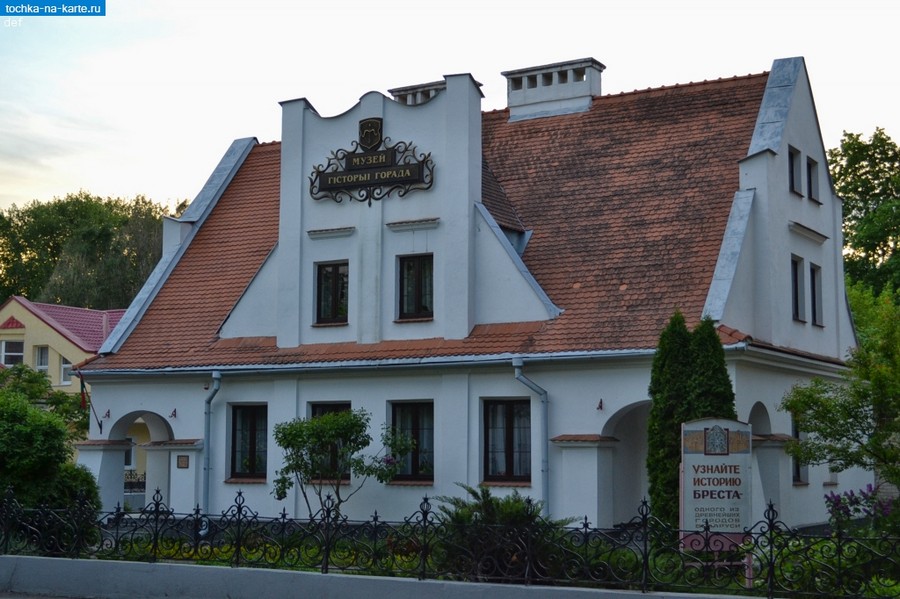
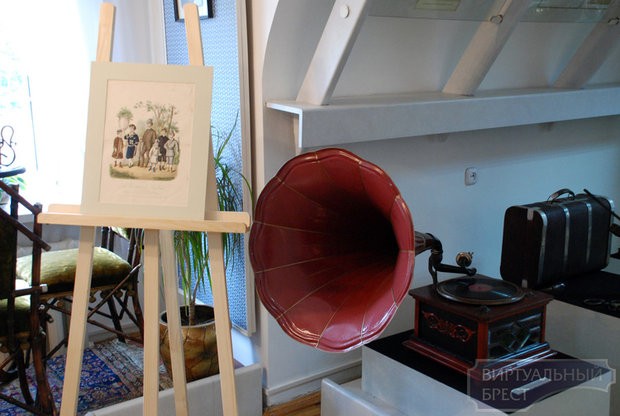
The Baranovichi Local History Museum was founded in October 1929 in Baranovichi as a powiat museum. It had three departments: nature, history and ethnography. The museum was looted during the Nazi occupation. The first post-war years were the period of revival for the Baranovichi museum. Today the Baranovichi Local History Museum is housed in a building of the early 20th century in the historical center of the city. The mission of the museum is to preserve and study the historical and cultural heritage of the region, and teach local residents patriotism, pride and respect for the history of their hometown and the country as a whole. The museum holds 59,402 items, of them 40,930 in the main collection. Among the 35 museum collections, the most interesting are the following: a collection of postcards with views of Baranovichi (early 20th century and the 1920s-1930s); towels (late 19th - first half of the 20th centuries made in Baranovichi District and Lyakhovichi District); numismatics (coins of the 16th - 20th centuries, including four treasure finds); underground publications of the period of fascist occupation.
The museum is one of the cultural and educational centers of the city. It offers thematic and walking tours for various categories of visitors, classes and a "visiting museum" program. The exposition spans seven halls and has three departments: Nature of the Baranovichi District, History of Baranovichi Land and Baranovichi: The City We Live In.
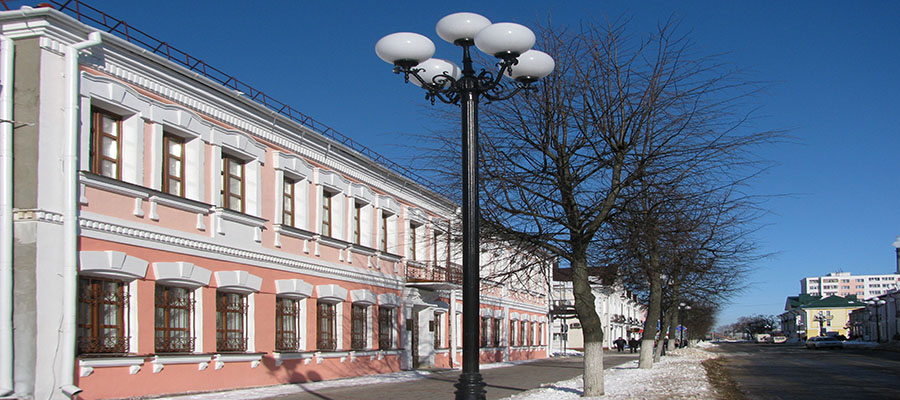
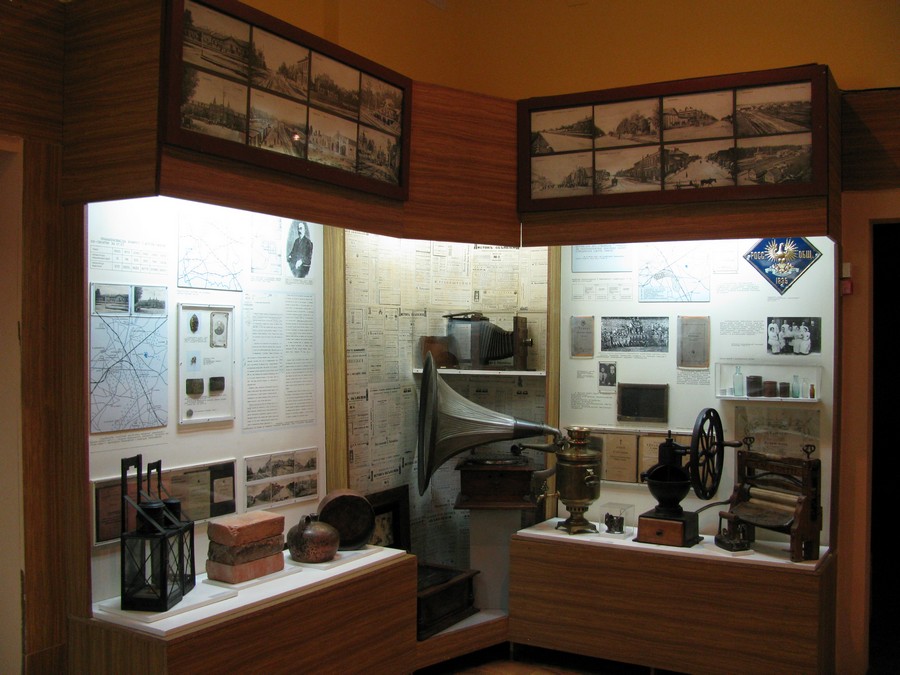
The Kamenets Tower is a unique specimen of ancient Russian defense architecture of the second half of the 13th century. It was built between 1276-1288 on the bank of the Lesnaya River by order of Volyn Prince Vladimir Vasilkovich. The tower is round. Inside, it is divided into five tiers (floors). Above the upper tier there is a dome vault. A stone staircase in the depth of the wall leads from the fifth tier to the upper platform. A new exposition was displayed on 4 September 2005. It covers an area of 313.2 m2 and spans five tiers of the tower across five exhibition halls.


The Art Museum branch is located in the Southern Barracks of Brest Fortress. The core of the exposition is the collection of fine and decorative arts of the Brest Regional History Museum. The exposition chronicles the establishment and development of the Brest Oblast branch of the Union of Artists of Belarus and helps build an understanding of the history of fine arts in Brest Oblast in the second half of the 20th and the early 21st centuries. A separate exposition is dedicated to arts and crafts of professional artisans, as well as folk art: weaving and embroidery, pottery, straw and wicker weaving, painting on wood and glass, artistic processing of wood, works by amateur artists.
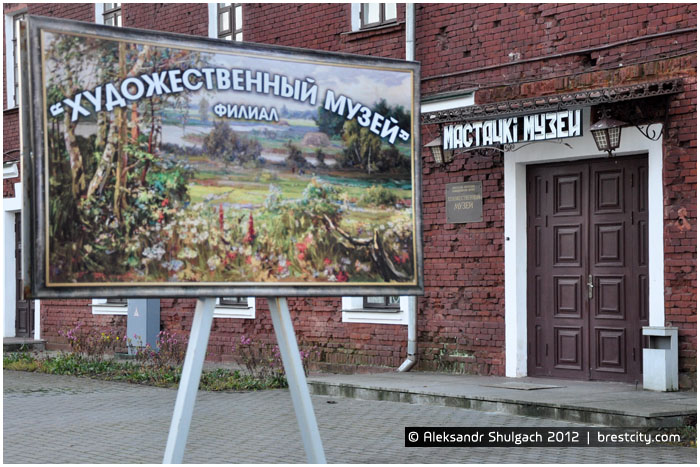
The Bereza Local History Museum has a renewed exposition divided into several sections. The first section covers the period from the establishment of first settlements to the early 17th century. The second section gives a glimpse of the life of the town Bereza-Kartuzskaya in the 17th - the mid 20th centuries. The third section chronicles the events of the Great Patriotic War in Bereza District. The fourth section is dedicated to contemporary history of the district. There is also a section that displays local crafts and trades. The most remarkable project of the museum is “Letters on a Birch Bark” about forest schools run by local partisans during the Great Patriotic War.
The museum offers overview and thematic excursions, runs museum classes for children and educational programs, personal exhibitions of artists, exhibitions of children’s art, develops tourist routes to local landmarks, etc. The museum runs the Art Gallery branch.

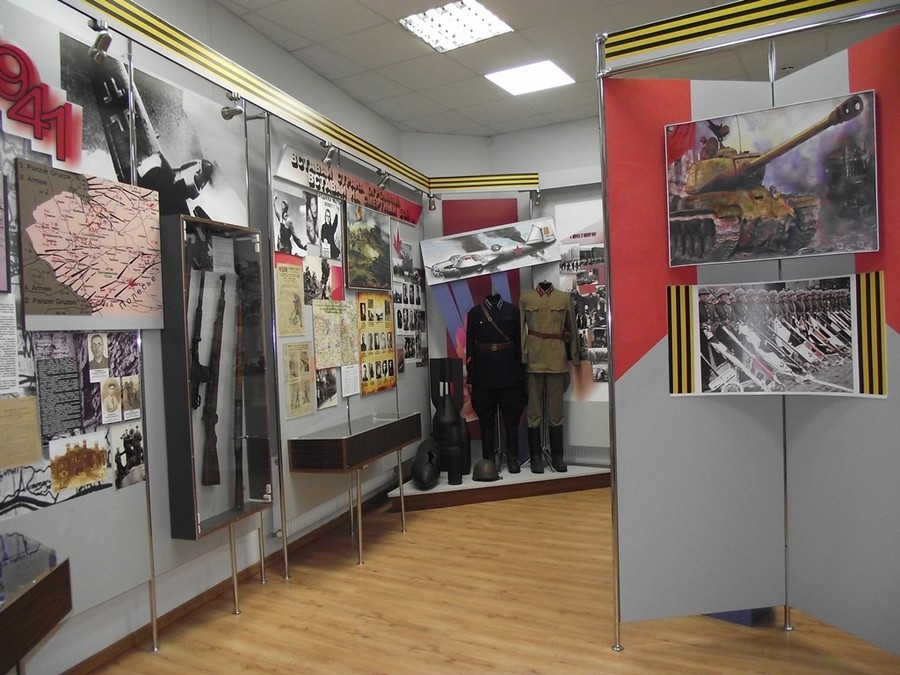

The Belarusian Polesie Museum has temporary exhibitions: “History of Pinsk District”, “Polesie nature”, “Pinsk District during the Great Patriotic War”, “Russian art of the 19th-20th centuries”, “Portrait painting of the 18th-19th centuries”, “Belarusian painting of the 1950s -1980s”, “Arts and crafts of Polesie”, “Urban life of the early 20th century”, a gallery of partisan glory.
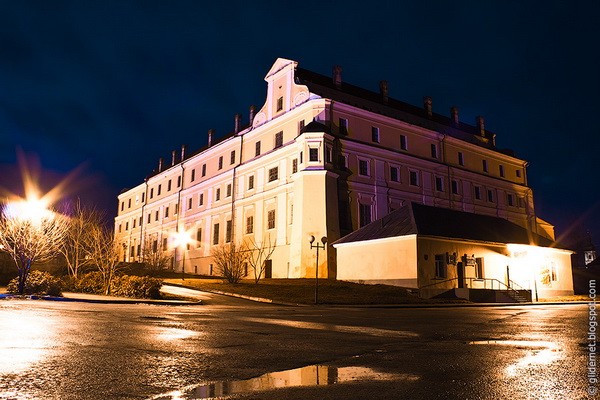
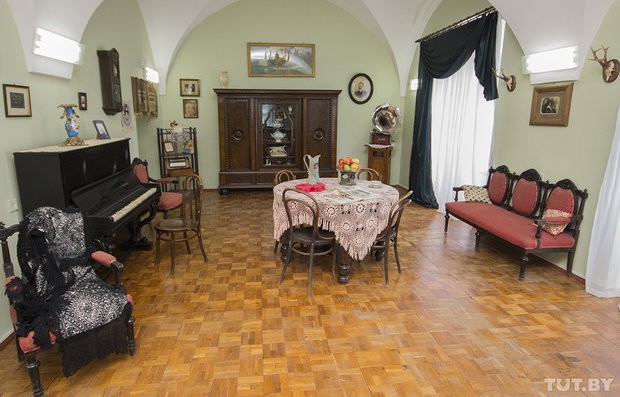
The Stolin Local History Museum is located in a picturesque corner of the Mankovichi Landscape Park that belonged to the powerful Radziwill family. It was laid in 1885 and is classified as a natural monument of national importance. The museum has six halls and the holdings are grouped into several themes: nature, archeology, history (three halls) and local lore.
The Stolin Local History Museum operates the Pottery Museum-Estate in Gorodnaya where visitors can see a potter at work.
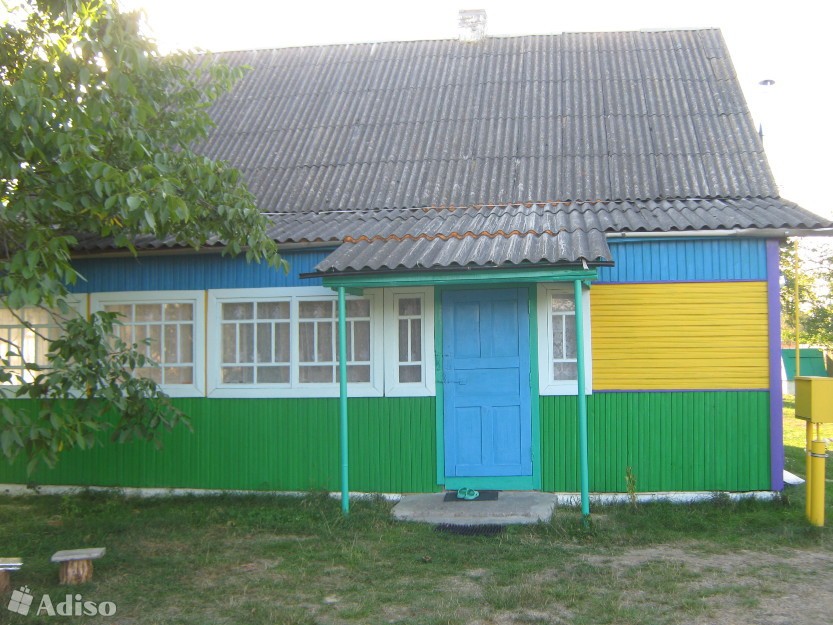
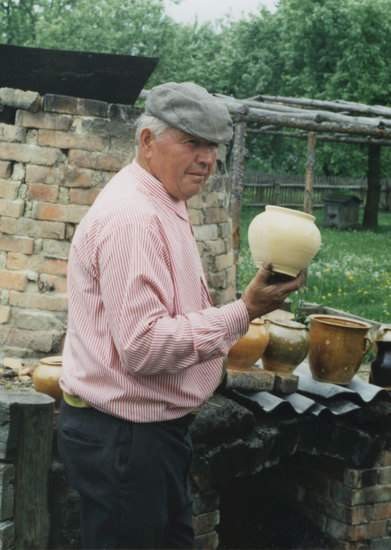

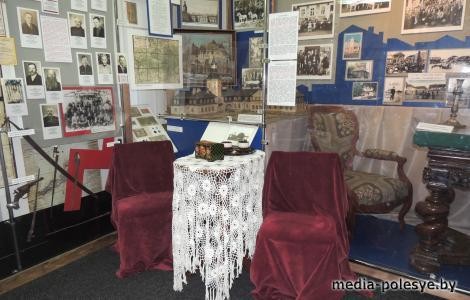
The Gantsevichi Local History Museum is housed in a wooden mansion on Zaslonova Street. The museum has five halls displaying a rich collection of cultural and historical items of Polesie. The items represent the period from the 3rd millennium BC (Stone Age) to the present day.
The most interesting exhibits include a wall clock donated by Emperor Alexander III to K. A. Krupenich, the former employee of the Malkovichi railway station, glass balls made by the Kraevsky and Stolle Glass Factory, Orthodox icons of the 17th-20th centuries.
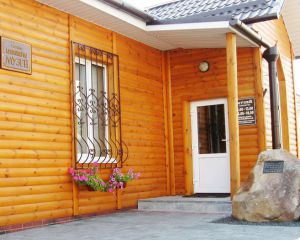
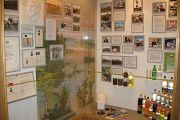
In 1911-1912, Luninets hosted Yakub Kolas, a Belarusian classic who would later become People's Poet of Belarus. Thus, visitors to the Luninets Local History Museum can see a number of items related to the poet and a memorial plaque installed on the museum building. In addition to this plaque, the museum has another memorial plaque reading that in 1916-1917 outstanding Russian poet Alexander Blok frequently visited Luninets District. This fact is also reflected in the exhibits of the museum. In general, the museum highlights the rich culture and history of Luninets District.
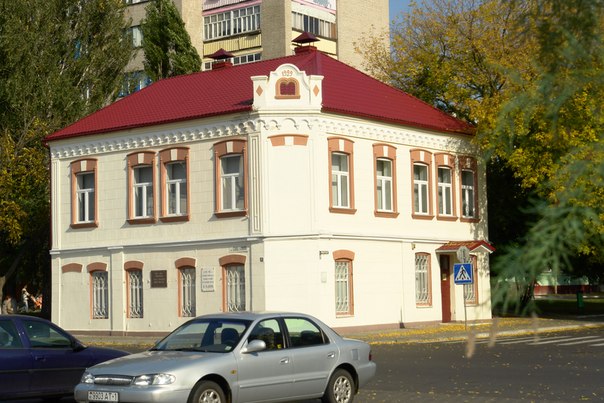


Every year on the last Sunday of May, the Ivatsevichi Local History Museum offers a tour with elements of a history reenactment show “One day in the life of a partisan detachment”. The program takes place on the territory of the Khovanshchina branch of the museum.
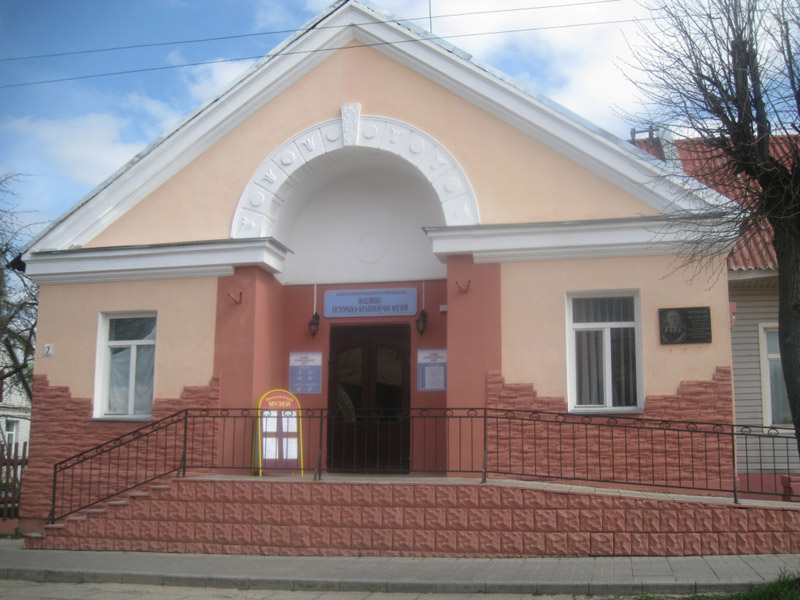
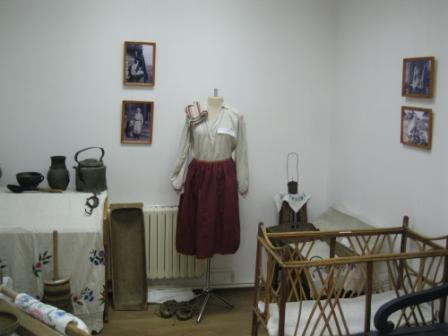
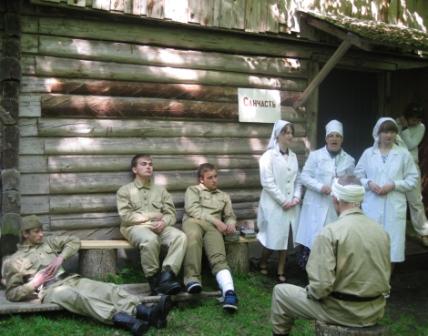
The Zhabinka Local History Museum is located a few kilometers to the north of the district capital, in the village of Malyye Sekhnovichi. This location was chosen for a reason. It is one of the possible birthplaces of the hero of Three Continents Tadeusz Kosciuszko. One of the key exhibits was placed directly in front of the entrance to the museum - a monument to Tadeusz Kosciuszko made by sculptor Balbina Svitich-Vidatskaya in 1932. The second monument to the legendary freedom fighter is kept by the U.S. Embassy in Belarus. The museum has three thematic halls: local history, Tadeusz Kosciuszko and the Great Patriotic War. Visitors to the museum are highly recommended to have a walk along a century-old linden alley of the former manor park. According to a legend, some of the trees there were planted by our famous countryman.
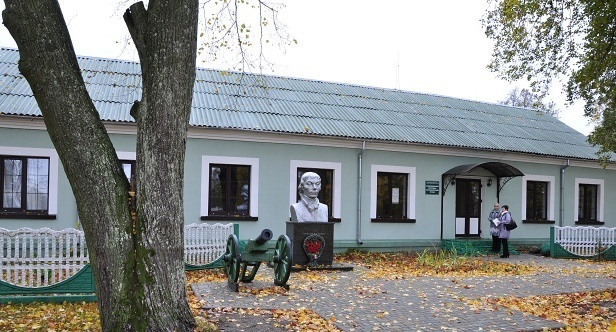

The Motol Museum of Folk Art has a rich collection dedicated to history and peasant life, crafts, agriculture, flax processing, weaving, embroidery, clothing, rituals, tangible and intangible cultural heritage of Western Polesie. The museum collects and promotes pieces of folklore art, it also preserves folk holidays, customs, rituals, sayings, proverbs, jokes, children's folklore. The museum offers a number of interactive programs, like a series of children’s museums classes “Visiting grandma Yelena”, a rituals-based excursion for adults “Live sound”, a lecture combined with an excursion “Wedding cake” and “Third wedding day. Cutting the wedding cake”, “Dowry”. The folk group Motol Neighbors is involved in all creative events of the museum. The international culinary festival Motolskie Prysmaki has become a real brand event of Ivanovo District. The Motol Museum of Folk Art is one of the organizers of the festival.
In 2001, the museum received a special museum award of the President of the Republic of Belarus for its all-out and massive efforts to promote and promulgate folk art and traditional crafts.

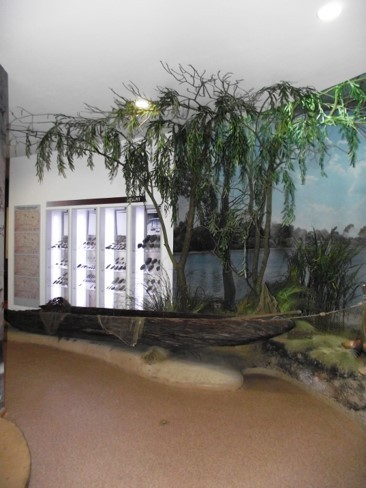

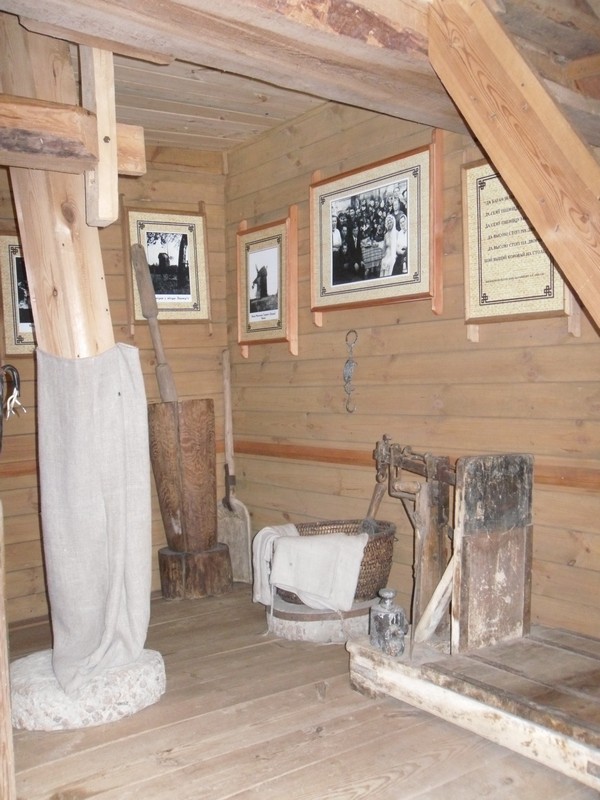
The Bezdezhsky Fartushok Folk Art Museum has a unique collection of weaving and embroidery from the village of Bezdezh and the nearby villages. The draw of the collection is 246 embroidered aprons. The exhibits on display narrate the story of how the secrets of embroidery and weaving were passed from generation to generation. In 2009, the museum was awarded the Belarusian President’s special culture and art award for the effort to develop a collection of authentic folk art, to conserve and popularize local crafts, rites and dialects. Bezdezh has preserved a spring rite called Strelka (locally - strylka). The rite involves round dances near the Church of the Holy Trinity. In 2014, the rite was included in the List of Historical and Cultural Values of the Republic of Belarus. The museum invites visitors to take part in the rite on the day after Easter. The museum also features a national farmstead - a fragment of a hut built in the late 19th - early 20th centuries, household items of the villagers. Tanochek is a regional festival of folk art which is a regular event in the Bezdezhsky Fartushok Folk Art Museum.

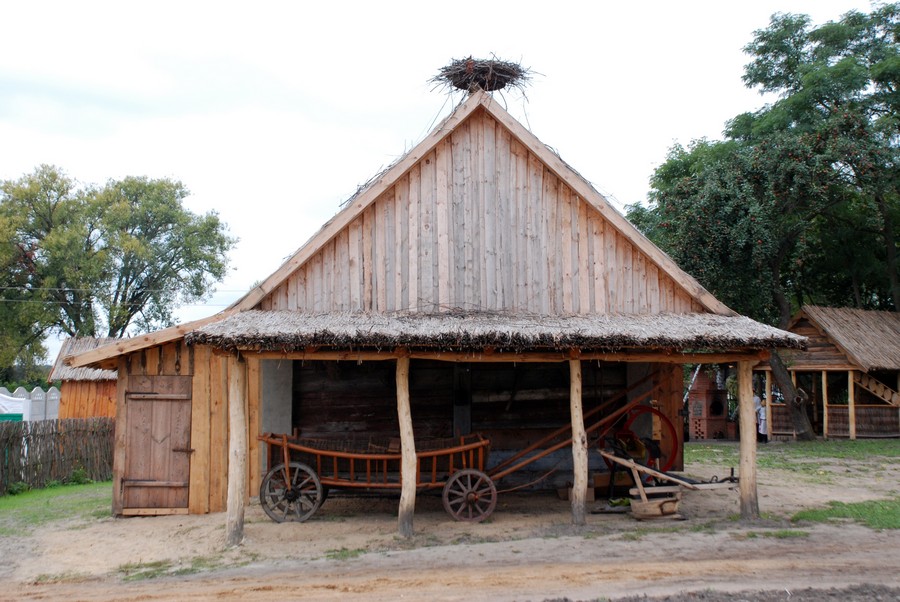

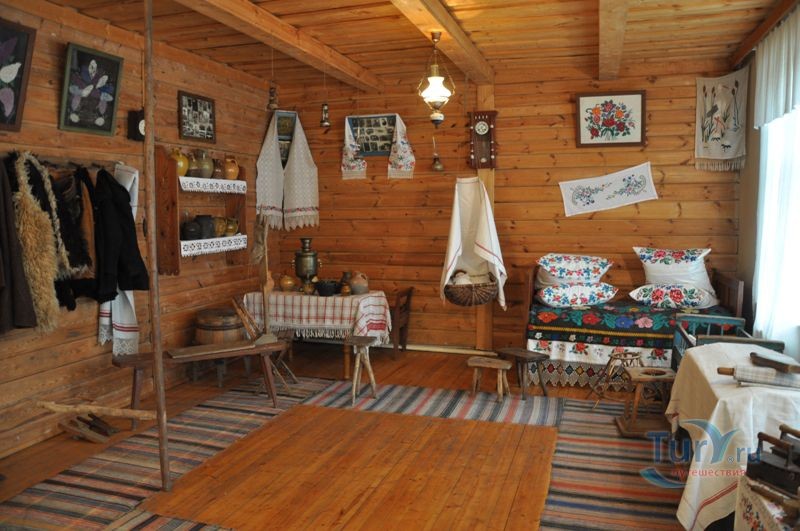
Alexander Suvorov War History Museum in Kobrin is Belarus’ only museum dedicated to the great Russian commander. The museum has two expositions. The House of Alexander Suvorov exposition is located in the house that belonged to the commander at the end of the 18th century. The second exposition is called “Seven Centuries of Kobrin” and focuses on the Kobrin District military history in the context of Belarus’ military history of the 13th-20th centuries. The collections of weapons, military uniforms and equipment, faleristics, and printed editions are the most valuable items on display. The museum holds a number of rarities including a two-handed ‘flaming’ sword, a rifled harquebus, a full set of the knight’s armor of the 16th century, and a uniform of the war of 1812. The museum is proud of some unique memorial items such as an award saber of the Prussian General von Zieten, the Russian saber of the Don Ataman Shcherbakov with a gift inscription by Empress Elizabeth I, personal belongings of the Russian Emperors Peter III, Pavel I, and Alexander I. The museum is engaged in cultural and educational activities and conducts educational classes with a focus on emotional reenactments of various periods of history.
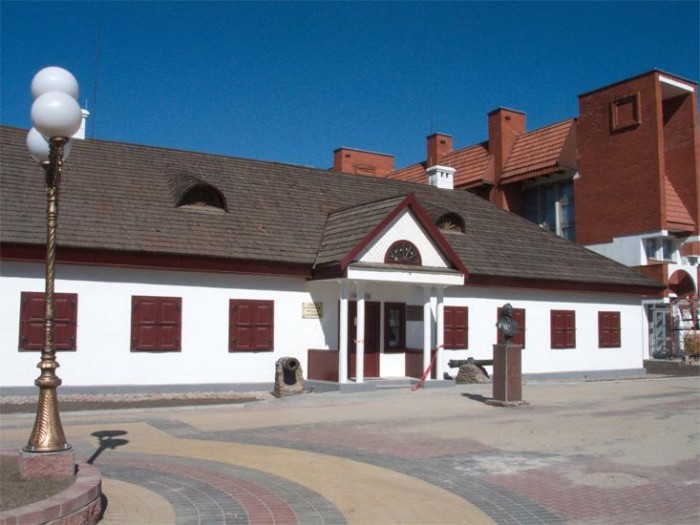
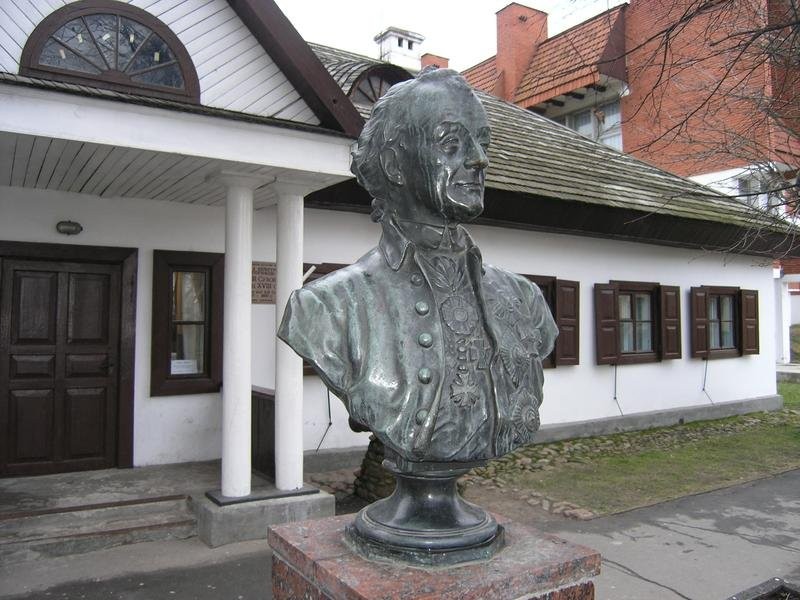
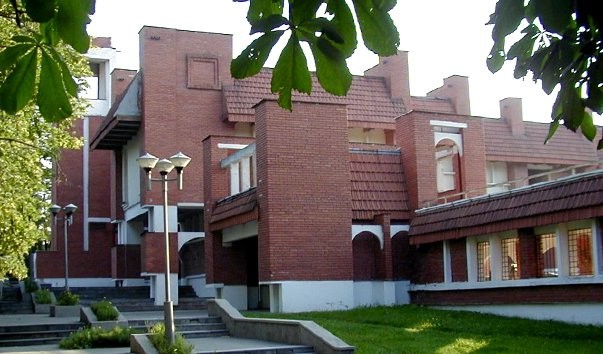
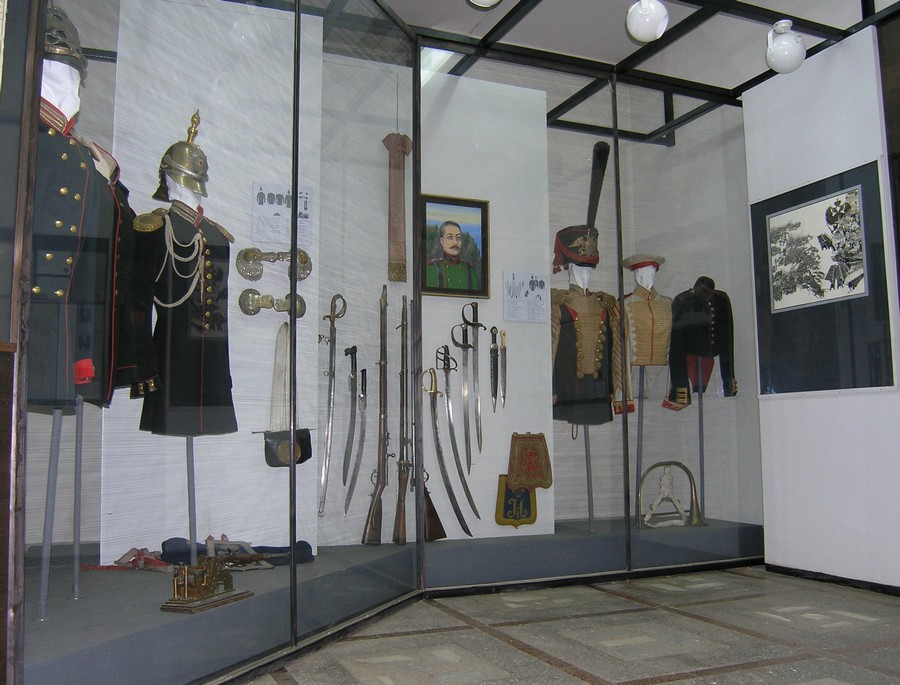
D.K. Udovikov War History Museum narrates the story of the partisan movement in Drogichin District. The exposition features numerous photographs, documents, and letters of war veterans. The collection of the museum contains personal belongings of the leaders of the partisan movement, and samples of weapons from the Great Patriotic War. The museum’s teenage club Azimut works to establish the names of unidentified Fatherland defenders and civilians.


Aleksey Kuzmich Art Gallery (a branch of the Napoleon Orda District Museum) displays the artistic heritage of the famous Belarusian and tells the story of his life. Visitors are offered tours, concert programs, and educational classes “Ivanovo District during the Great Patriotic War”, “Orthodoxy in Ivanovo District”, “Struve Arc” (the history of Struve Arc - a UNESCO heritage site). The museum also runs wedding ceremonies andphoto sessions in the style of the 19th century.
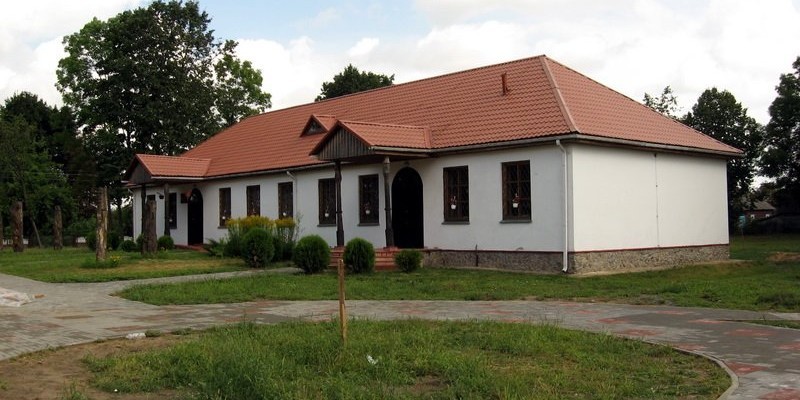
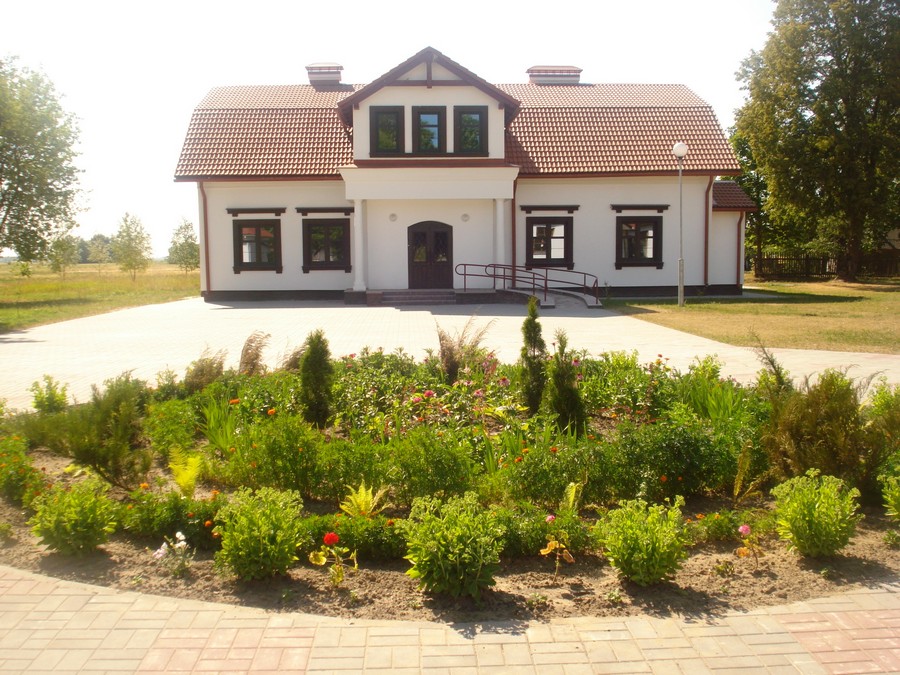
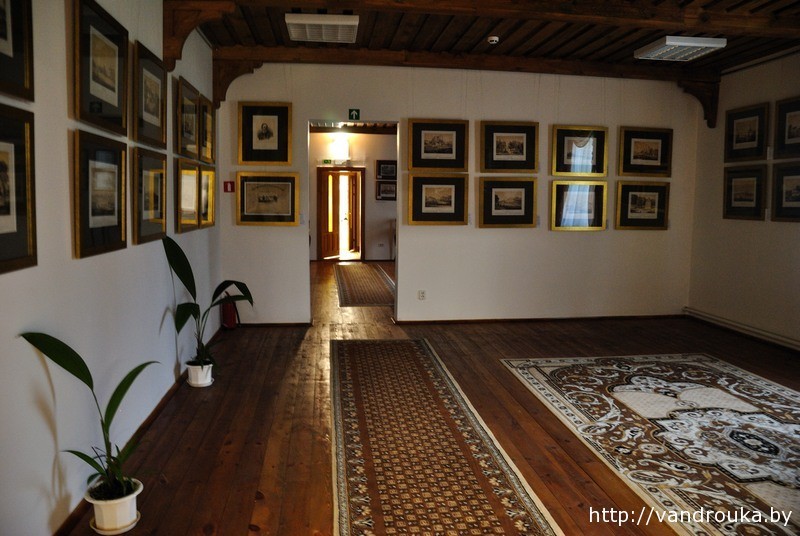
Tadeusz Kosciuszko's house has been restored in the village of Merechevshchina with the help of the country’s public funds and the financial support of the USA. The Tadeusz Kosciuszko museum estate opened on 23 September 2004. This is the place where Tadeusz Kosciuszko, one of the prominent figures of Belarusian national movement, the national hero of Poland and the USA as well as an honorary citizen of France, spent his first years of life. Today it is a museum estate, an authentic rural house which features a stone-floor basement. Today the museum estate attracts tourists with its rich history, landscaped grounds, plenty of flowerbeds, and the nearby Puslowski Palace. The museum hosts the theatrical excursion “One day in the life of Tadeusz” on 18 May to International Museum Day.
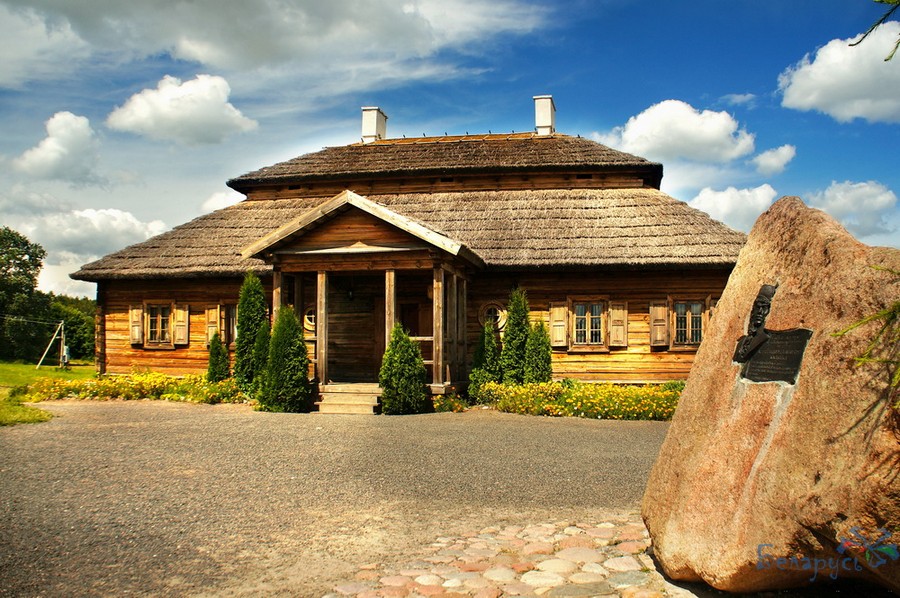

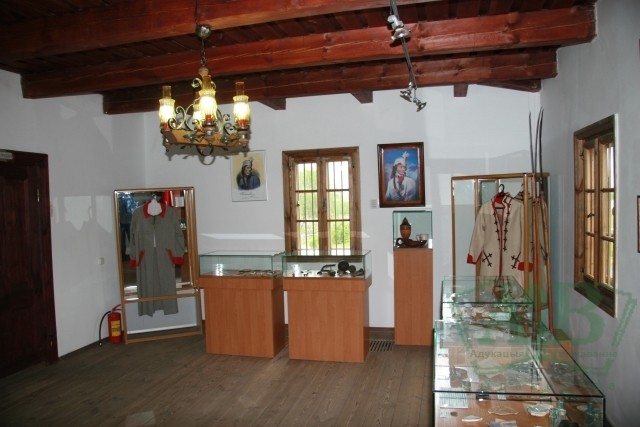
The Pruzhansky Palatsik museum estate is the only restored estate of this type in Belarus, an example of the Neo Renaissance architecture of the 19th century. The estate is located in a park on the northern outskirts of the town. The estate includes a stone house, two stone outbuildings and a landscape park. Pruzhany Palace was designed by famous Italian architect Francesco Maria Lanci (1799-1875). The museum exhibition tells the story of the palace and its owners. Thanks to extensive collections, the museum runs exhibitions about local history and culture. The museum also hosts musical and literary evenings, lectures and scientific conferences.
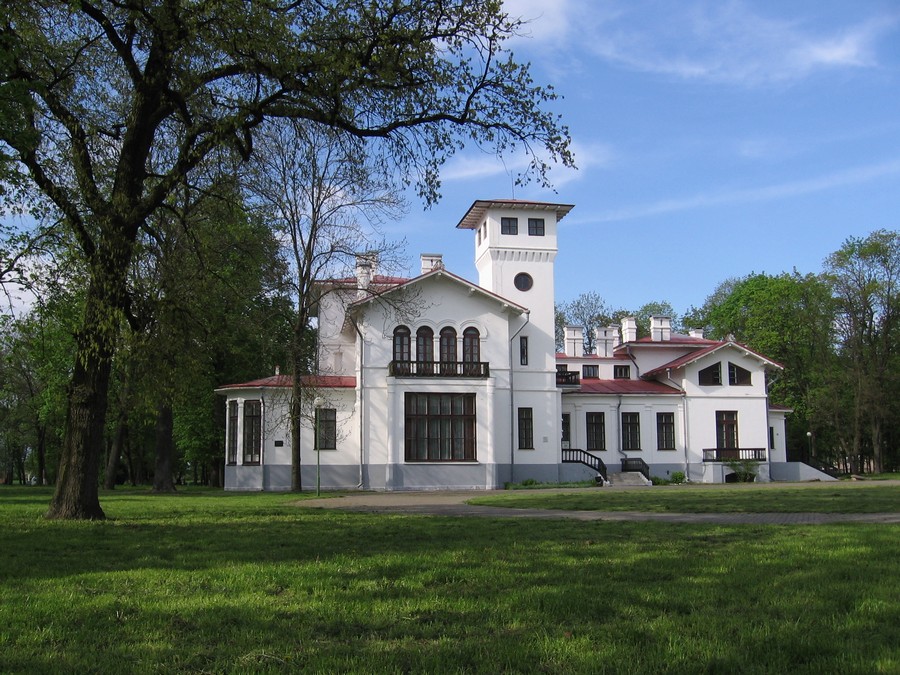
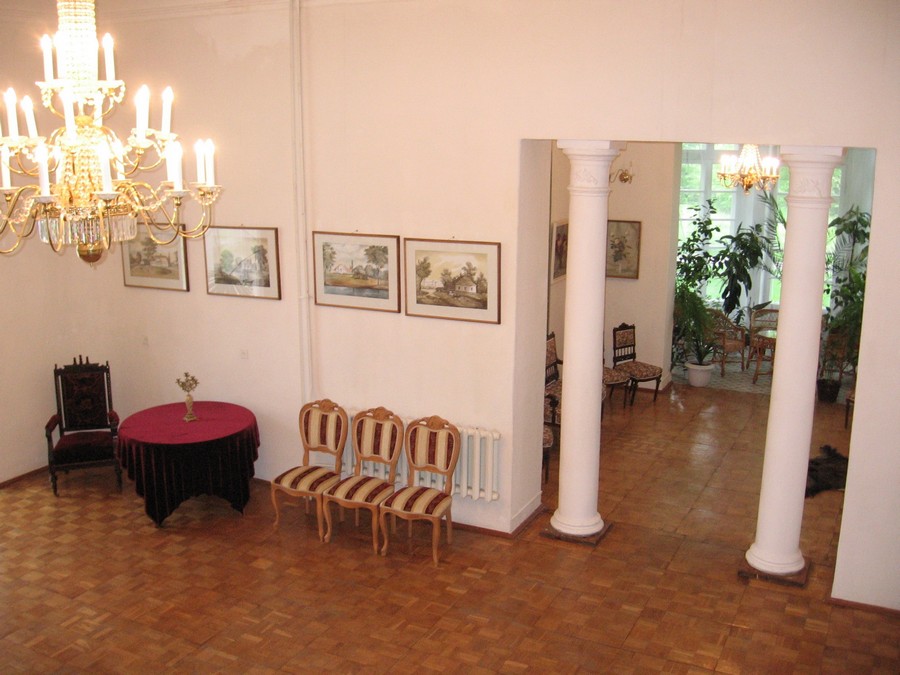
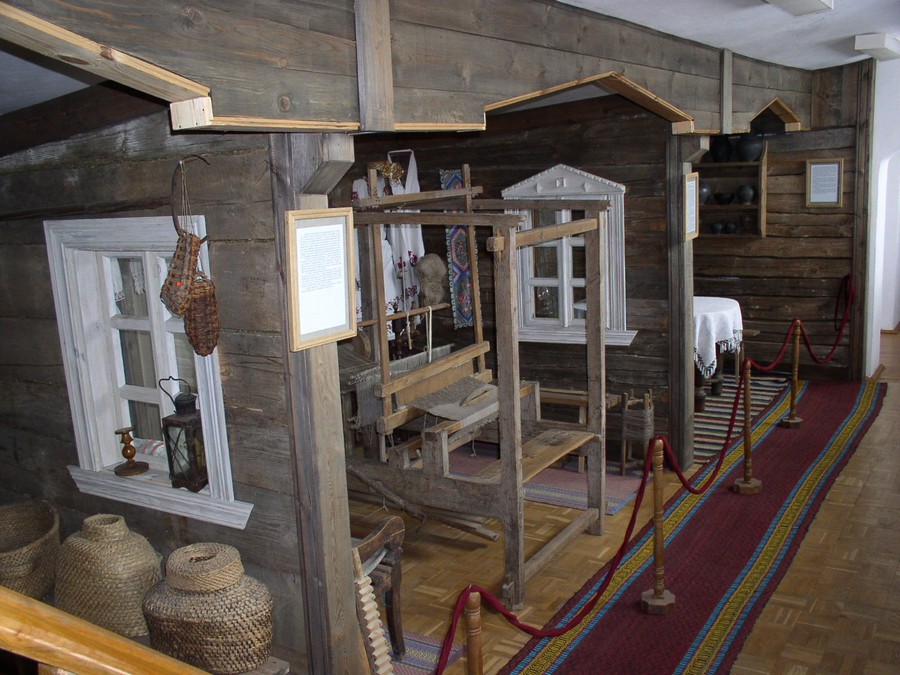
The Sapieha Palace Complex in the town of Ruzhany is the remains of the once great palace of the Sapieha family and a great specimen of the 17th century architecture. Sapieha Palace was built in 1602 by Leu Sapieha, the Chancellor of the Grand Duchy of Lithuania. A number of exhibitions were set up in the palace after the restoration works were finished in 2010. The eastern wing of the complex hosts an exposition about the Sapieha family, its western wing – a display about the history of the town of Ruzhany, the main residence of the family and the architectural monuments of the Sapieha period. The Chancellor's Hall exposition plays host to the reenactments of different periods from the Sapieha Palace history. Every year the museum welcomes thousands of participants of the Ruzhanskaya Brama festival.

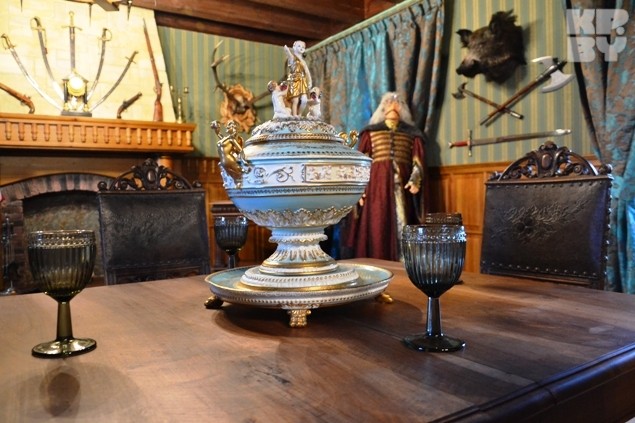

The Niemcewicz Estate in the village of Skoki is a unique and significant site of historical and cultural heritage, the only specimen of architecture of such kind in the Brest suburbs. The estate was built around 1777. It was home to Julian Ursyn Niemcewicz (1757-1841), a writer, publicist, statesman, aide-de-camp to Tadeusz Kosciuszko, one of the authors of the first Constitution in Europe (1791). It was in this estate where a protocol of a military truce between the Soviet Russia and the German Empire was signed on 15 December 1917. The museum has a number of halls: the Armory, a music and art salon and an exhibition hall. The museum runs traditional and costume tours, and also wedding photo sessions. Every year, the Niemcewicz Estate historical and memorial museum in partnership with reenactment clubs hosts reenactments of the First World War battles, society balls and salons.
























